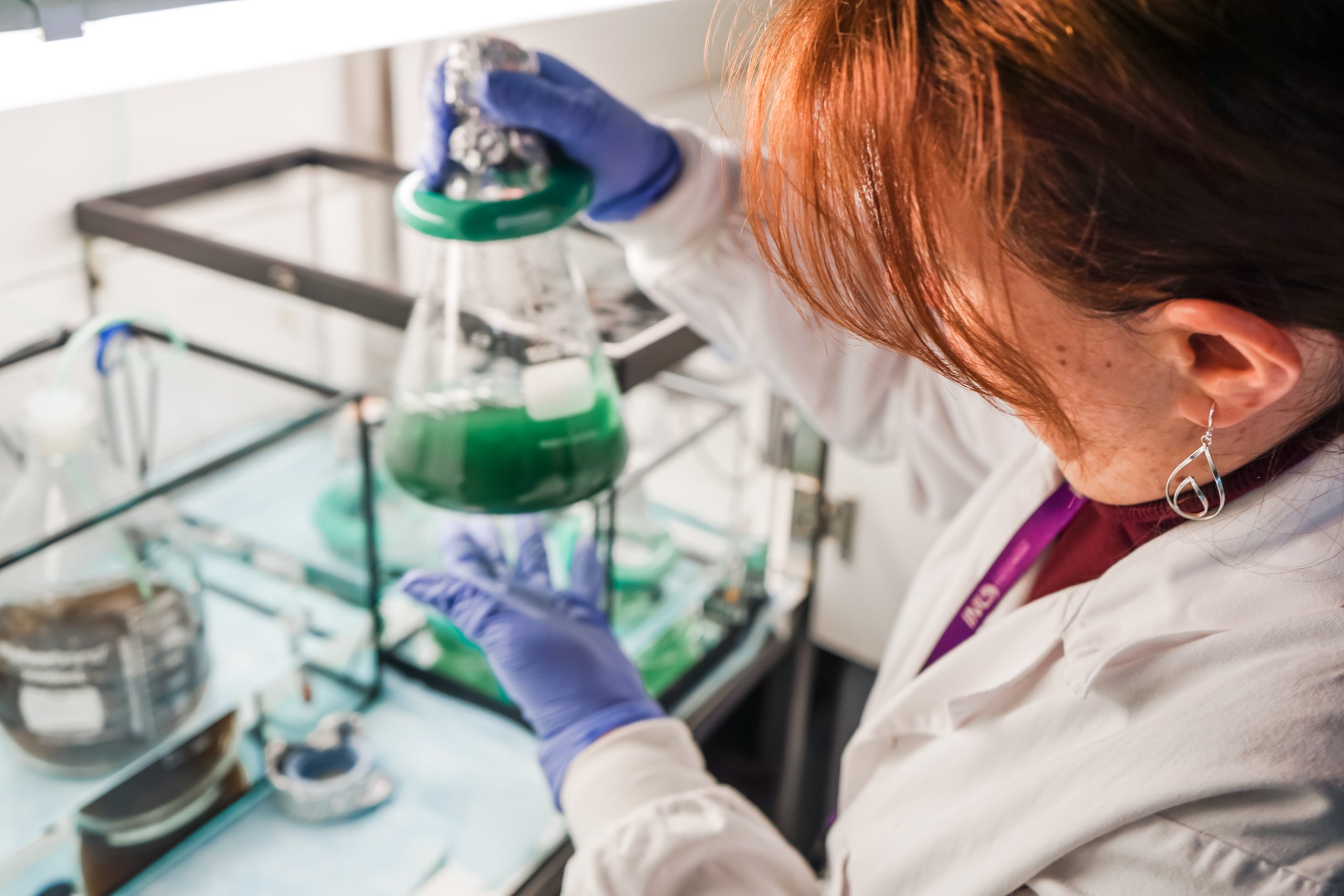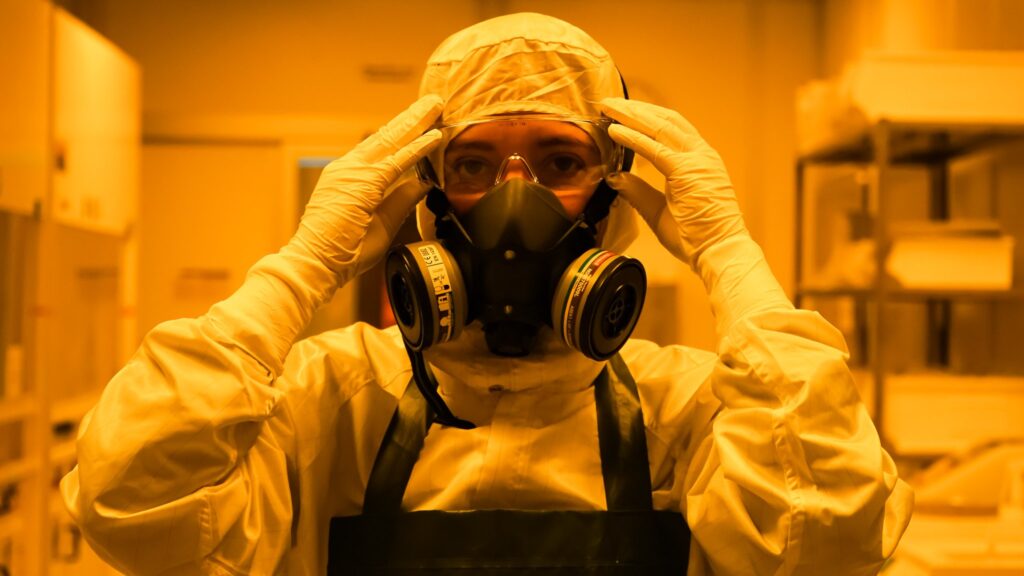At INL, our researchers are pushing the boundaries of brain-inspired computing, developing neuromorphic systems that process sensory data the way nature does – fast, efficiently, and with minimal energy. In a recently published paper in Scientific Reports, INL researchers developed a tiny micropillar quantum resonant tunnelling diode, or RTD, that behaves like a sensory neuron. This ‘neuron’ is capable of detecting light, processing information, and converting it into electrical signals, all within a single nanoscale device. Researcher Bruno Romeira explains, “This is possible because we are using quantum phenomena.” At its core, this system is a III–V semiconductor structure (materials widely used in photonics and high-speed electronics) designed to respond directly to incoming near-infrared light. When the light intensity reaches a certain threshold, the device enters a state known as negative differential resistance, triggering large-amplitude voltage oscillations. In other words, the incoming light signal is transformed into rhythmic electrical bursts, just like the firing patterns seen in biological neurons. Traditional neuromorphic hardware often relies on complex circuits, combining separate memory components and oscillators to mimic the way biological neurons process information. This increases the size, power consumption, and complexity of the system. The new device developed by Bejoys Jacob and […]
Read more


